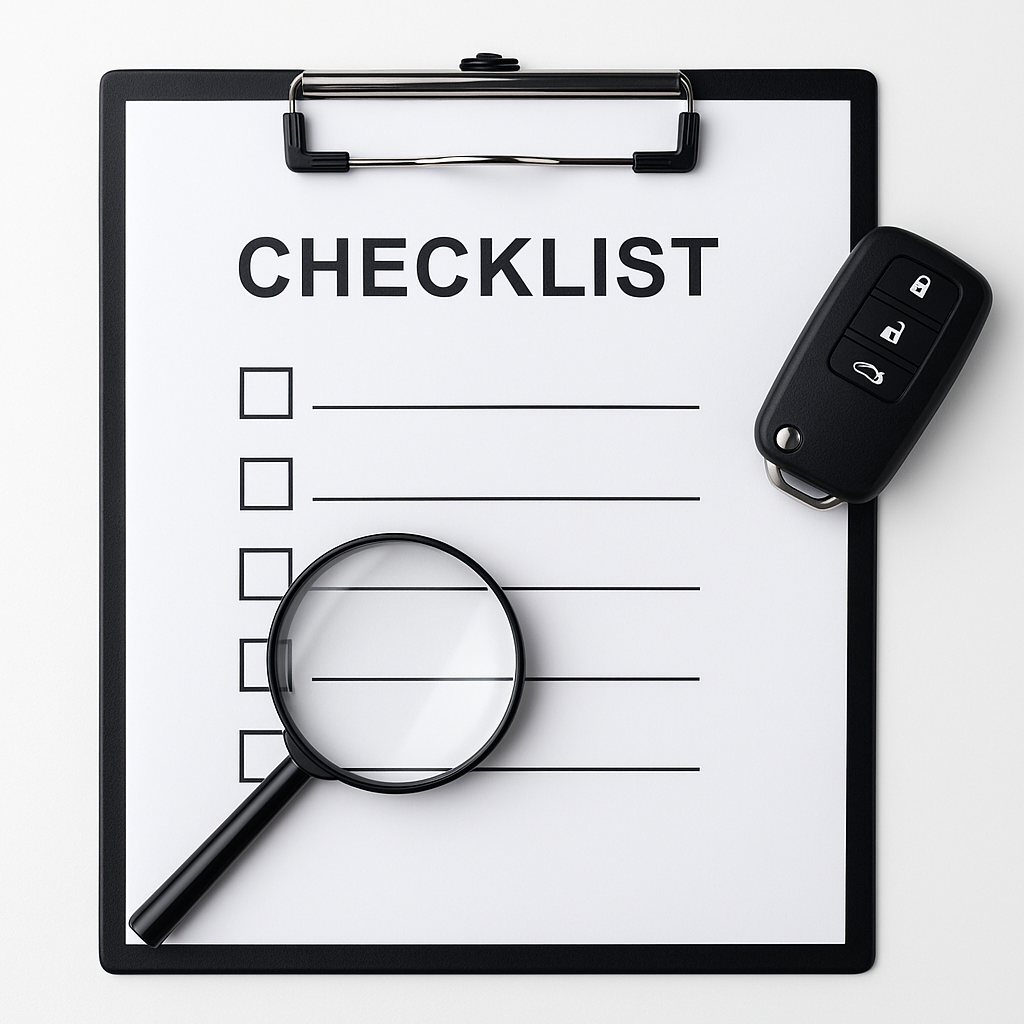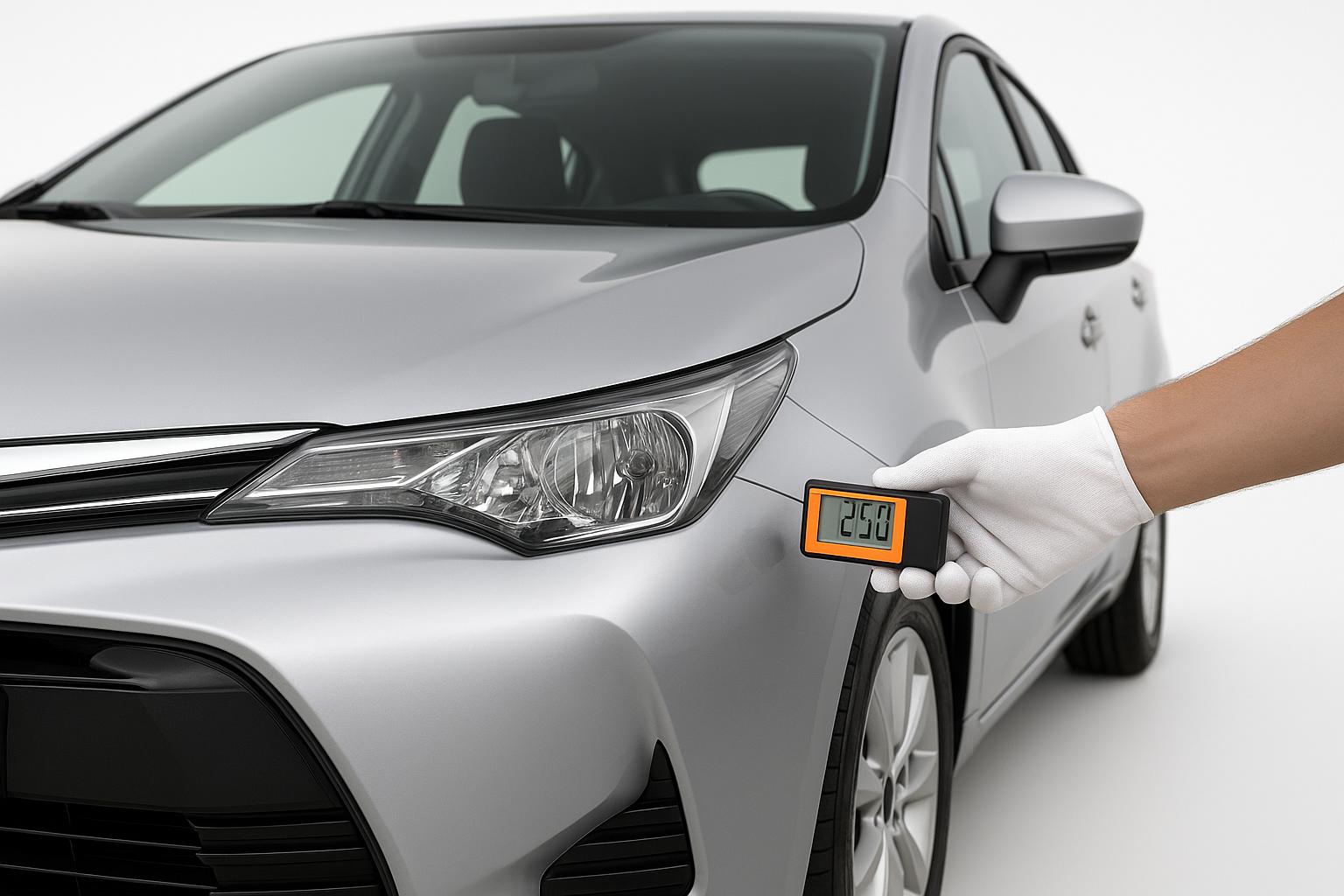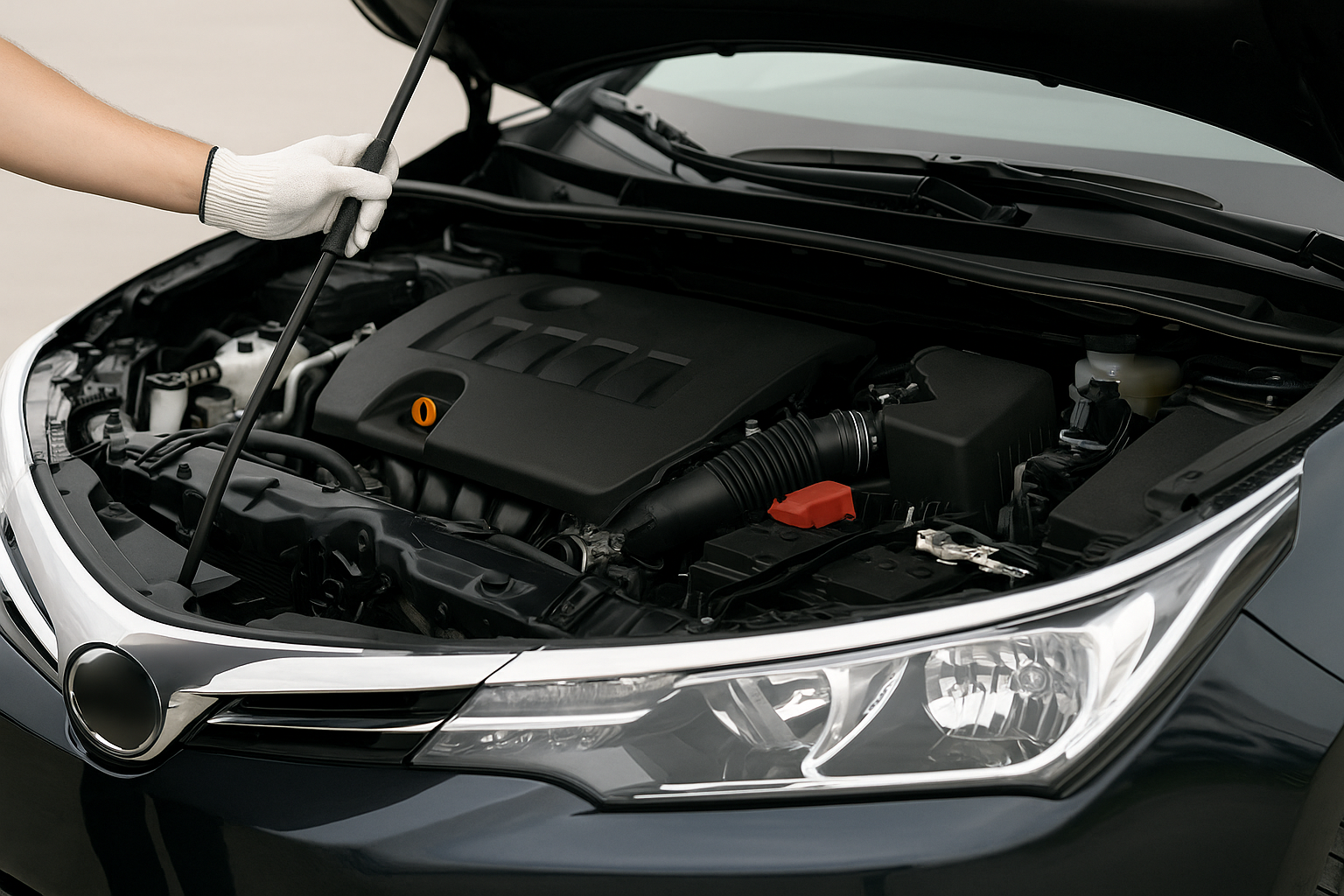How to check a car before buying: buyer's checklist

How to check a car before buying: buyer's checklist
Buying a car is a moment that brings both joy and anxiety. Especially when it comes to a used vehicle: there is always a risk that costly problems are hidden beneath the shiny paint. Over the years I have helped dozens of friends inspect cars before purchase, and each time I was convinced that even a simple checklist can save you from serious losses. The main thing is to know what to look for and not let emotions cloud your judgment.
Check documents and legal cleanliness of the car
VIN and vehicle history
Start by matching the VIN. This unique number is like the car's passport. It should match on the body, in the registration documents and in reports. VIN checks can reveal much: whether the car was in accidents, listed as collateral, or involved in insurance payouts. History services work with international databases, so even an imported car can be transparent.
Verify the owner and documents
It is equally important to ensure the seller actually has the right to sell the car. Documents must be originals, not copies. Compare the details in the contract, passport and registration certificate. If you have any doubts about the authenticity of the papers — it's better to walk away. Also check for any restrictions or legal disputes related to the vehicle.
Exterior inspection and body elements

Body condition and paintwork
Spend most of your time inspecting the body. Any difference in paint shade, uneven gaps or polishing marks can indicate repair after an accident. If possible, use a paint thickness gauge to measure the paint layer. Factory coating always has a uniform thickness, while filler stands out immediately. Pay attention to arches, sills and lower door panels — corrosion often starts there.
Check glass, lights and seals
Small details can reveal more than the body. Different dates on the glass may mean replacement after a collision, and a new headlight can indicate impact. Inspect headlights for cloudiness, microcracks and moisture inside. Rubber seals should be elastic and free of repainting traces — this is another indirect sign of bodywork intervention.
Engine and technical condition inspection

Sound and condition under the hood
With the engine running pay attention to the sound: it should be even, without metallic knocks, misfires or vibrations. Check for oil or coolant leaks. If the engine is too clean — be cautious, it may have been washed before sale to hide leaks. A burning smell, bluish or black smoke from the exhaust are sure signs of trouble.
Check fluid levels and belts
Open the fluid reservoirs — brake, coolant, power steering. Dirty or darkened fluid indicates poor maintenance. Inspect belts and hoses — they should have no cracks or fraying. If possible, check the spark plugs: their color often shows the true condition of the engine.
Suspension and transmission diagnostics
Test drive checks
Even a short ride gives more information than an hour of inspection. On a straight road the car should track evenly, without pulls or foreign noises. There should be no vibrations during acceleration or braking. Suspension may make light noises over bumps, but loud knocks or dull thuds are warning signs.
Transmission operation
For a manual, gears should engage clearly, without force or grinding. An automatic or CVT should not have jolts, delays or slippage. Transmission fluid should be clean, without a burnt smell. Even small deviations can point to costly repairs, especially in automatic gearboxes.
Electronics and interior
Check instruments and comfort systems
Modern cars are full of electronics, and every detail matters. Turn on all systems: air conditioning, seat heaters, windows, lighting, multimedia. Warning lights on the dashboard should not be ignored — sometimes it's a simple sensor, but sometimes a hidden defect.
Interior condition as an indicator of use
Worn steering wheel, faded seats and pedals often reveal actual mileage better than any numbers. If the seller claims the car has done only 50 000 km but the interior looks tired — consider why. Also pay attention to odors: a strong air freshener may be masking moisture or mold traces.
Final stage of inspection
Compare the price to the market
If the price is noticeably below market average, find out why. Sometimes sellers are in a hurry, but often a low price hides a defect or legal problem. Compare prices of similar models to assess whether the offer is realistic.
Bring a specialist
Even if you are confident in your knowledge, it's better to bring a specialist. An experienced mechanic will notice what a non-professional might miss. A mobile expert inspection service is inexpensive compared to possible repair costs.
Conclusion
Inspection is an investment in confidence
By checking the car step by step, you are not just looking for defects — you are buying peace of mind. A reliable car starts not with the brand, but with a careful buyer.
Buyer responsibility is the guarantee of success
No platform or seller can replace your personal involvement. Inspection, diagnostics, document checks — these are mandatory steps if you want your new purchase to be a joy, not a problem.
